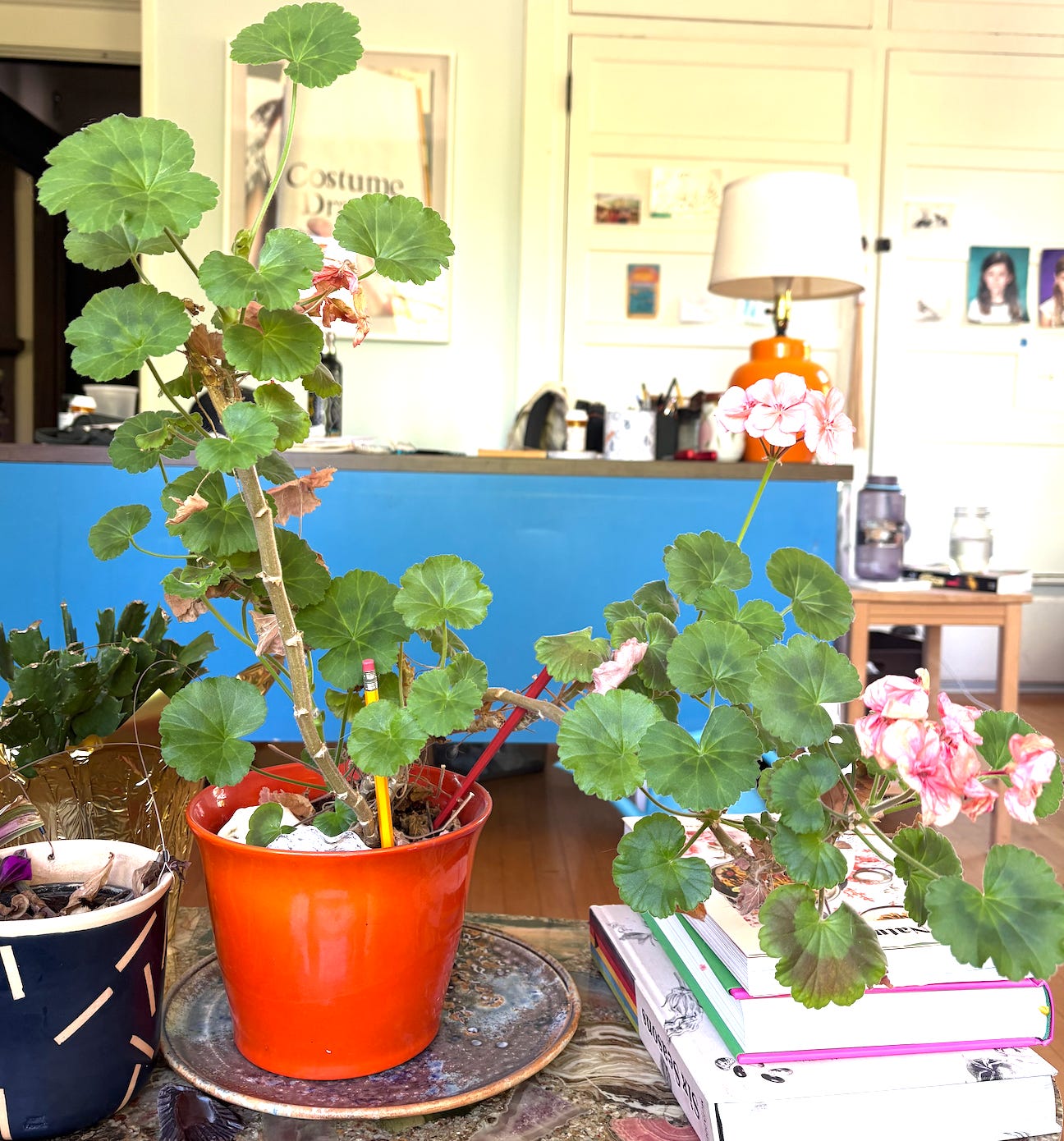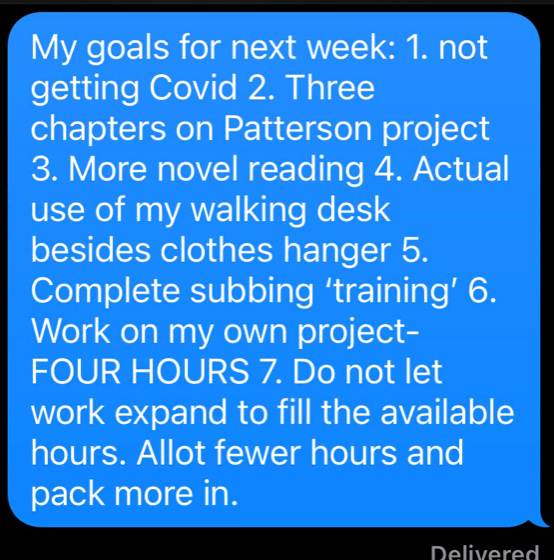Greetings, writers—
RIP Edmund White, whose A Boy’s Own Story was, in some ways, a companion book to my first novel1. (I wrote about it here, and about a different companion book here.) Companion books are volumes that (to quote myself from the first link) you keep close at hand while you’re working on your own story, because they’re tonally resonant, or set in a similar place, or share themes or structures with your work, or just because you love them and think they have something to teach you about the story you’re trying to write. In case it’s not obvious, I highly recommend finding companion books for whatever you’re working on.
I also recommend finding companion writers. During the pandemic, on a rare night out (i.e. we were shivering outside at a bar during the omicron surge), I suggested to my friend Karen Russell—who, as you all know, is a truly beautiful writer; her brilliance would be terrifying if she weren’t so incredibly kind—that we text each other weekly writing goals. Even though that was the night I also drank too much gin and went on and on about the incredible powers of this psychic I know, she was not scared off; she agreed to the goals exchange, and three and a half years later, we’re still doing it. It’s been a balm and a gift and a delight, and over at Jami Attenberg’s 1000 Words of Summer, Karen wrote about this Monday goals ritual, and about the importance of “find[ing] someone who you love and admire, someone to whom you really matter, someone who can both cheer you on and also kick your ass and (lovingly) call you on your bullshit.”
Today, I encourage you to find a companion book, or a companion person, to urge you onwards in your craft.
For your prompt:
Write a scene of companionship. And, because creativity loves constraint (gift link), include two or more of the following words: yellow, key, evening, mitten, damage, faint, sister, river, delirious, sleep.
Happy writing—
Emily
This is a bit odd, as my book was very heterosexual and somewhat prudish. And yet!





